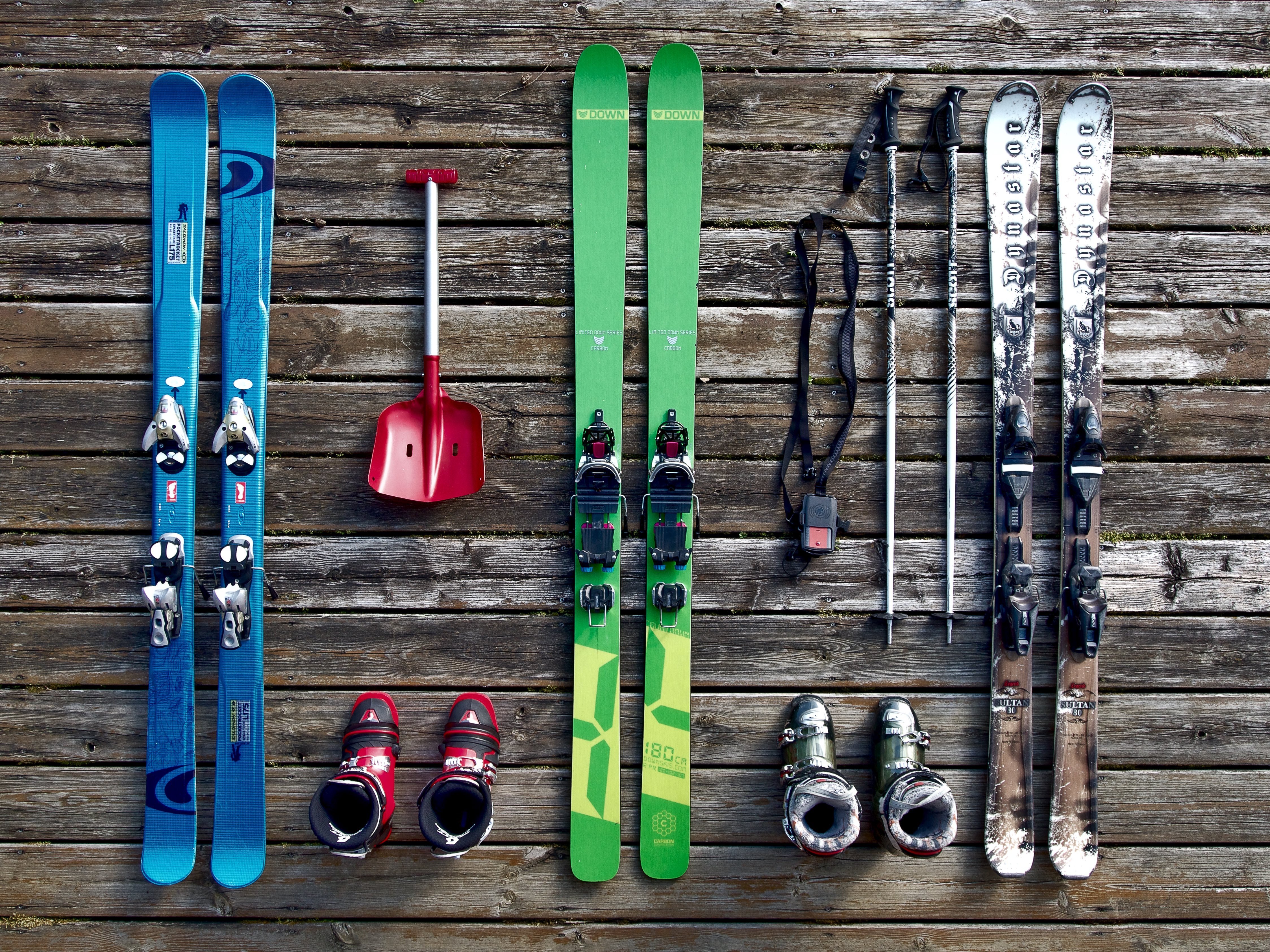Performance and efficiency are two of the many major parameters any experienced sports trainer or businessman would see as the measurable outputs of any sportsperson in a game.

Although most of the output depends on the player’s skill, stamina, and no small amount of panache, sports equipment, fabrics and other gears are increasingly becoming paramount, given the demand for greater win-rate and breaking newer records.
Be it football, basketball, swimming, sprinting and marathon, cricket or volleyball, or Formula One or NASCAR, sports equipment and apparel are being integrated with useful technology to enhance game play and player performance.
As an example, for playing football you need, obviously, a football and two goal posts among others. Footballs used in several global sporting extravaganzas such as FIFA use special aerodynamic designs to complement player performance. And to improve player endurance, sports companies are constantly changing shoe designs and protective gear parameters such as impact resistance and weight.
Although the highly-skilled player barely is hindered by deterring factors, they regularly show up on the team performance statistics and become the deciding factor for the team’s victory or defeat.
Choosing the Right Sports Equipment
Try and test as many brands and models as possible before purchase.
This article will not delve into what brands to buy from. However, you may choose brands based on three factors: their client base; build quality; and, cost.
- After choosing the brand, consider strength-to-weight ratio of the equipment. For instance, if a racket you are buying is sturdy but too light or too heavy for your wrist and arms your performance will get affected.
And “too light or too heavy” is can be a matter of only a few grams/ounces. This is the most crucial decision you are going to make as a player or team manager. - Quality of sports equipment depends on its ability to endure external factors such as impact, corrosion, tension and stress/strain.
For example, football players such as goal keepers would need helmets, shoulder pads and knee pads that can absorb shock without restraining motion or causing discomfort.
It also must fit them like a tailored fabric. Much of this depends on entirely on engineering. - Accuracy is paramount to a team’s success in the modern sporting scenario. Sensors, for example, play a key role in recording game play or giving fair judgments.
For example, sports such as Formula 1, Cricket and Football these days are using high-accuracy and –tolerance sensors, and high-speed cameras. These must be compliant with the current best practices and standards. - Sports such as NASCAR, Indycar and Formula 1 require extreme sporting equipment including computers, heat- and wear-resistant tyres, and a barrage of maintenance equipment for Pit Stops.
- In combat sports Boxing, MMA, Muay Thai, Kung Fu or Krav Maga, mouth guards are of utmost importance as bleeding is a common occurrence.
Sterile mouth guards need to be replaced every now and then. Pads, bandages and other forms of fabrics, and other gear need to be wear resistant and clean to prevent potentially fatal infections.
Conclusion
Several other sporting equipment such as prostheses and gym equipment also need to be chosen wisely. Experience and some amount of technical knowledge in selecting these equipment matters.
Find the right brand and the right product isn’t difficult for sports persons, managers or businessmen. There are entire teams formed to take care of these.
However, if you are new to the sports or sports business scenario, getting a reliable and quality brand to sponsor you can take care of the selection process.
